Spice Up Your Strides: The Lazy Runner’s Guide to Getting Fast
Here’s a hot take for you:
Most runners could get really fit just by slowly increasing their easy aerobic volume and adding in some hard strides a couple times a week.
That’s it.
No complex workouts. No fancy pacing plans. No threshold splits or hill reps or marathon pace grind sessions.
Just:
- Run more easy mileage.
- Add in 2–3 sessions of strides a week.
- Repeat.
It might sound too simple, but that’s kind of the point. If you’re in a place where you want to get faster—but don’t want to dive into a whole training block yet—this might be one of the most low-effort, high-reward approaches out there.
And the cool part is, there are several different types of strides you can use, depending on what you’re trying to build—whether that’s speed, power, rhythm, or aerobic efficiency.
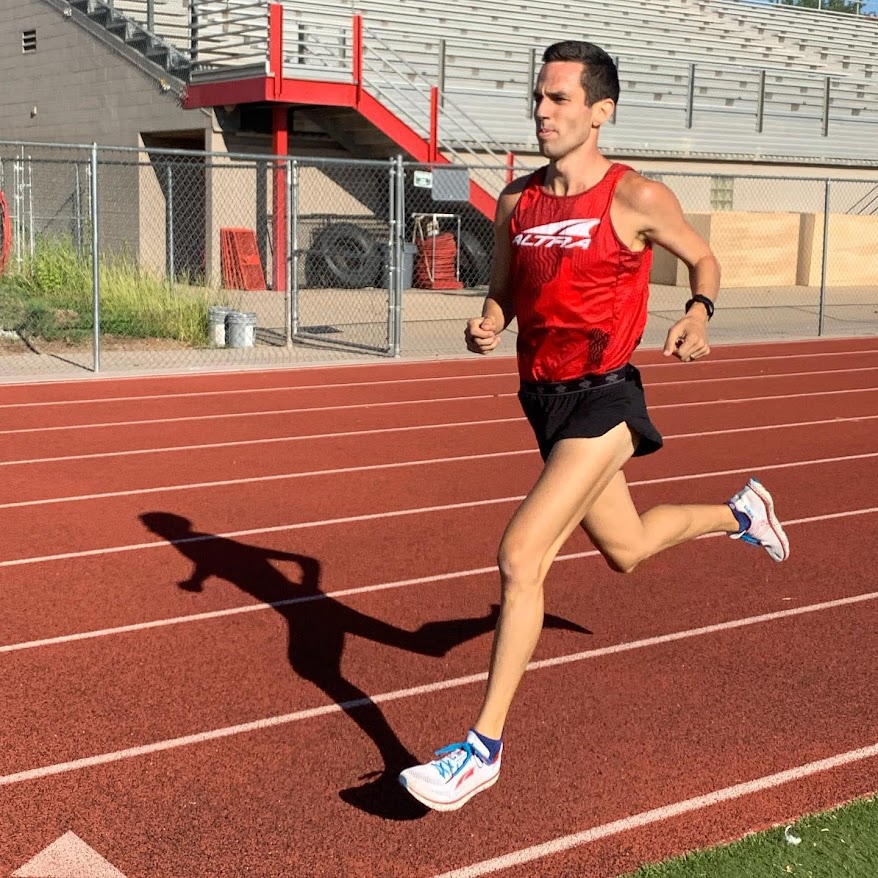
Let’s go over each type, when I use them with athletes, how to actually do them well, and where they fit in your training.
What Are Classic Strides and Why Do They Matter?
Classic strides are your standard, most commonly used variety. Think 15 or 20 seconds hard. On the track, we often do 100-meter strides down the straightaways with a walk or jog around the curves. Both sections are about 100m, which makes it super clean and easy.
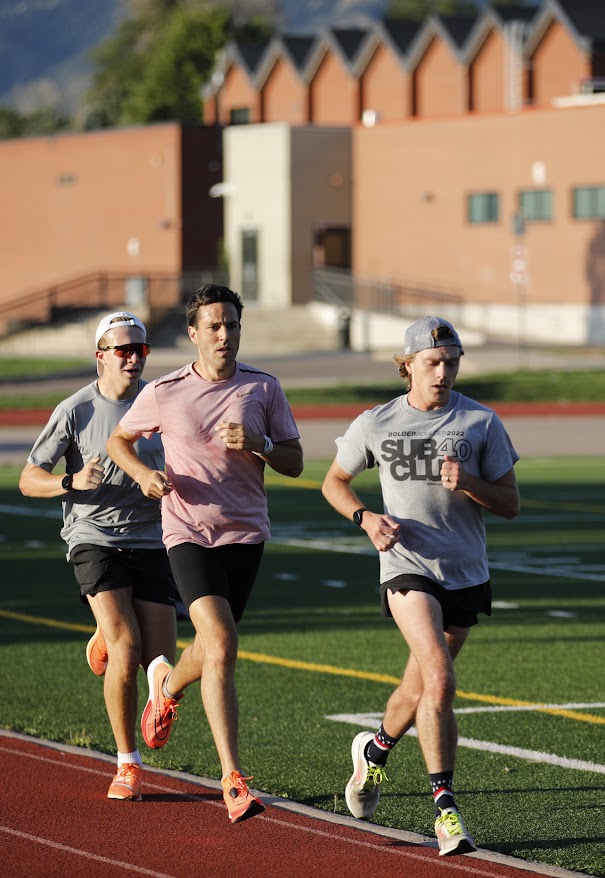
These are typically run at about 80–90% effort, and the key cue I give is:
“As fast as you can go while still maintaining your normal, good running form.”
That means:
- You’re not sprinting.
- You’re not flailing.
- You’ve got full stride mechanics.
You should see a bit more knee lift, a little more heel kick, more pop off the ground, a powerful arm swing, slight lean forward, eyes up. It’s your running form, just turned up a notch. I want to see triple extension—through the ankle, calf/Achilles complex, and hip.
One cue I use a lot is: “Run like you’re starting a 5K or 10K.” You’re trying to get out hard and smooth, but not blowing up. That start effort, in a distance race, is a good benchmark.
Start slower and build—don’t feel like you need to hammer your first step. These should be progressive, smooth, and in control.
When do we use classic strides?
- The day before a workout or race to prime the system
- After easy runs to maintain turnover
- As a transition into workouts later in a block
- Right before a workout during the warm-up
What About Shorter Strides for Speed or Power?
This second type is more sprinty and power-focused—think short bursts of 5 to 15 seconds with bigger rest between.

These are run hard—like, really hard. And because they’re so high effort, we’ll usually take 90 seconds to two minutes of walking rest to make sure we can actually hit them right.
There are two versions here: flat ground and hill sprints.
Let’s start with hill sprints because I love these.
Why Are Hill Sprints One of the Best Tools in a Training Block?
I love 10-second hill sprints.
They’re short, powerful, super effective—and way safer than flat sprints.
They encourage knee lift, which is one of the biggest missing links I see when I analyze form. A lot of runners get into this shuffly, horizontal motion where their feet just glide along the ground. But when you lift the knee, you load the elastic system—you get that heel-back, foot-snapping-forward momentum that propels you. Without it, you’re just gliding, not bounding.
The beauty of hill sprints:
- They exaggerate good form.
- They reduce impact forces (less gravity to fight = less pounding).
- They’re short enough to avoid aerobic fatigue.
- They turn on the neuromuscular system without trashing the legs.
If someone is lacking speed or power, these are money. If someone is really flat in their stride or has no knee drive, we’ll often keep hill sprints in for a long time. They’re also great in early training phases or off-season before we introduce flat speed.
When Should You Use Hill Strides Instead?
Hill strides are a little different than sprints—they’re longer (15 to 25 seconds) and run at around 90% effort. They’re still fast, but you’re holding that effort longer, and on a gentler incline.
We use these:
- If someone’s training for a trail race or marathon with a lot of vertical (think Boston or New York)
- As a safer alternative to flat strides if someone has injury history
- To prep for hill workouts
- To increase muscular engagement and stress the calf/Achilles system in a smart way
One of the hidden benefits is that we’re priming the body to handle something harder than race pace—so when we actually get to race effort on hills, it feels more relaxed and efficient.
What Are Rhythm or Aerobic Strides?
These might be my favorite. Rhythm strides—or aerobic strides—are typically structured like 200 on / 200 off on the track. It’s a subtle workout that builds turnover and aerobic support without much fatigue.
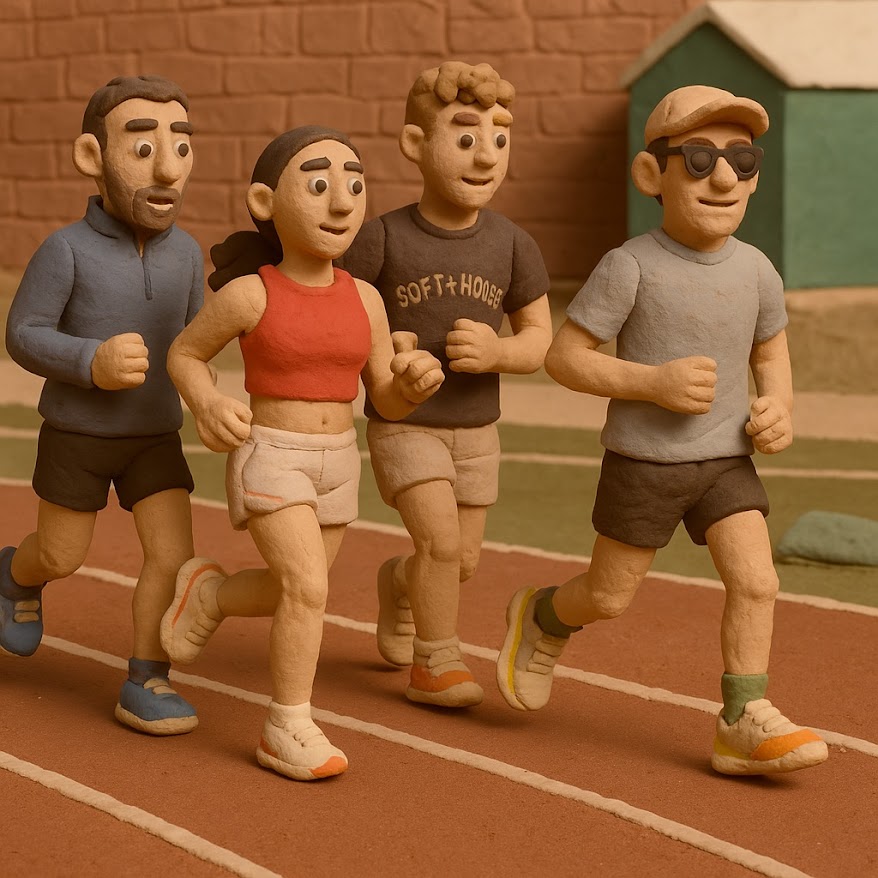
Usually, the “on” is around 30–60 seconds, and the “off” is double that—so if you run a 200 in 45 seconds, you jog 90 seconds easy.
These are great because:
- They’re a gentle intro to speed
- They start to blend rhythm and coordination
- They feel good without being overly hard
- They can act as mini workouts on their own or a stepping stone toward more formal sessions
We’ll often use these early in a block, for less experienced runners, or for someone coming back from time off.
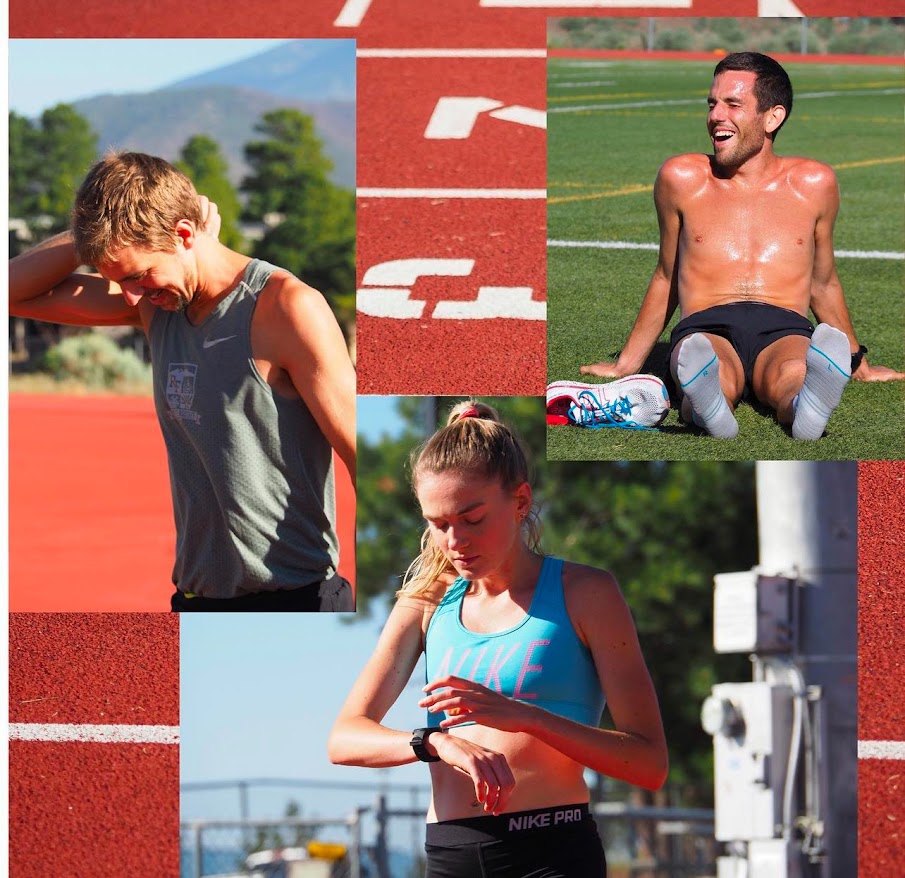
How Do You Know Which Stride Type to Use?
There are a bunch of factors, but here’s the lens I use most often:
- What’s the athlete’s next session?
If it’s a threshold workout, I usually stick with classic strides to turn the system on without frying the legs.
If it’s a true speed session, I might use hill sprints the day before to stimulate the neuromuscular system without adding too much fatigue.
If they’re doing a long easy run with a marathon-style workout coming up, I’ll throw in more aerobic or rhythm strides to help build muscle tension and introduce just enough fatigue. - What’s their race coming up?
If it’s hilly, we’ll lean into hill strides. If it’s fast and flat, I want them comfortable running fast on flats.
Marathoners often benefit from strides that build rhythm and support long sustained efforts. - What’s their form showing me?
If they’re shuffly or low in the hips, I’m throwing in hill sprints and hill strides to work on mechanics and power.
If they’re sharp and coordinated but lack speed, we’ll hit the short, fast stuff more. - How much load can they handle right now?
New runners or people coming back from injury might start with 4 x 15 seconds.
More experienced runners might do 6–8 reps and mix in more types.
When Should You Do Strides in the Week?
Strides can go in a lot of places, depending on what you’re trying to prep for. Here are the big ones and why they matter:

1. The Day Before a Workout
This sends a signal to the body that something harder is coming. It starts to dial in muscle tension and preps the nervous system. It’s like waking up the pathways you’re going to use the next day.
2. After Easy Runs
Keeps a touch of speed in your legs without stress. It’s one of the easiest ways to stay connected to faster paces while building volume.
3. During Warm-Ups
This is your last prep before a workout or race. You’ve done your easy jog, you’ve done drills—now you’re opening the stride, locking into posture, and priming the neuromuscular system. It also gives you a chance to check your effort and adjust before the real work begins.
4. After Threshold Workouts
This one’s huge. After a threshold session, your body is fully warmed up—your hormones are elevated, your blood flow is dialed, and your temperature is up. That makes it one of the safest and most effective times to add in strides.
It’s also a totally different neuromuscular stimulus, so even if you’re a little tired, you can often still get a ton out of the strides. Plus, it starts to ingrain that finishing-fast feeling we want late in races.
5. After Long Runs
When form starts breaking down late in long runs, strides can help bring you back online. A couple reps can reinforce posture, arm swing, and a stronger stride pattern so you don’t get stuck in that late-run shuffle mode.
What Are the Biggest Mistakes Runners Make With Strides?
1. Not doing them.
Plain and simple. Most people skip strides either because they’re not in the habit or they don’t think they’re important. But strides are your safest, simplest way to touch speed. They’re the gateway to sprinting, workouts, and better mechanics. Just doing 1–2 sessions a week makes a huge difference over time.
2. Going too long between sessions.
Speed work is different than aerobic work—it fades fast. You lose some of those neuromuscular gains within a week if you’re not stimulating them. You don’t need to go all out, but you do need to stay consistent.
3. Dropping strides when something goes wrong.
This one’s big. When people get tight, tired, or injured, strides are often the first thing they cut. I get it. It’s easier to just go run easy. But when that happens repeatedly in a training block, you start to lose a huge piece of your progression.
Strides develop power, coordination, and mechanical efficiency. They help you finish strong. They reinforce posture. And when you’re not doing them, you’re missing out on a lot more than just “a little bit of speed.”
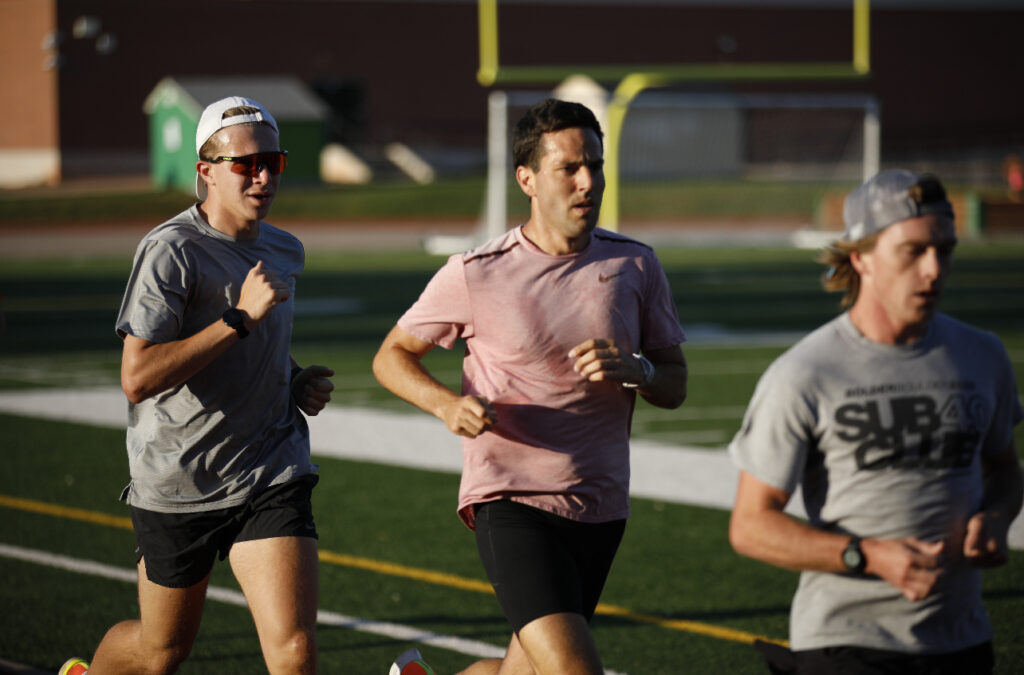
If you’re dealing with a nagging injury or something just feels off—don’t ignore it. Go see someone who works with runners. Get multiple opinions. Find a practitioner who makes you feel empowered, not just managed.
Because if all you did was repeat the same training block as last time, but added strides 2x/week? You’d get better.
That’s how impactful they are.
The Bottom Line
You don’t need to overcomplicate things.
If you’re in a place where you want to improve without stacking a full training block on your plate, this works:
- Run more easy aerobic miles.
- Add in strides 2–3 times a week.
- Use the right kind depending on your goals.
- Keep it consistent.
That’s it.
Simple. Effective. Repeatable.
And kind of fun, honestly.



